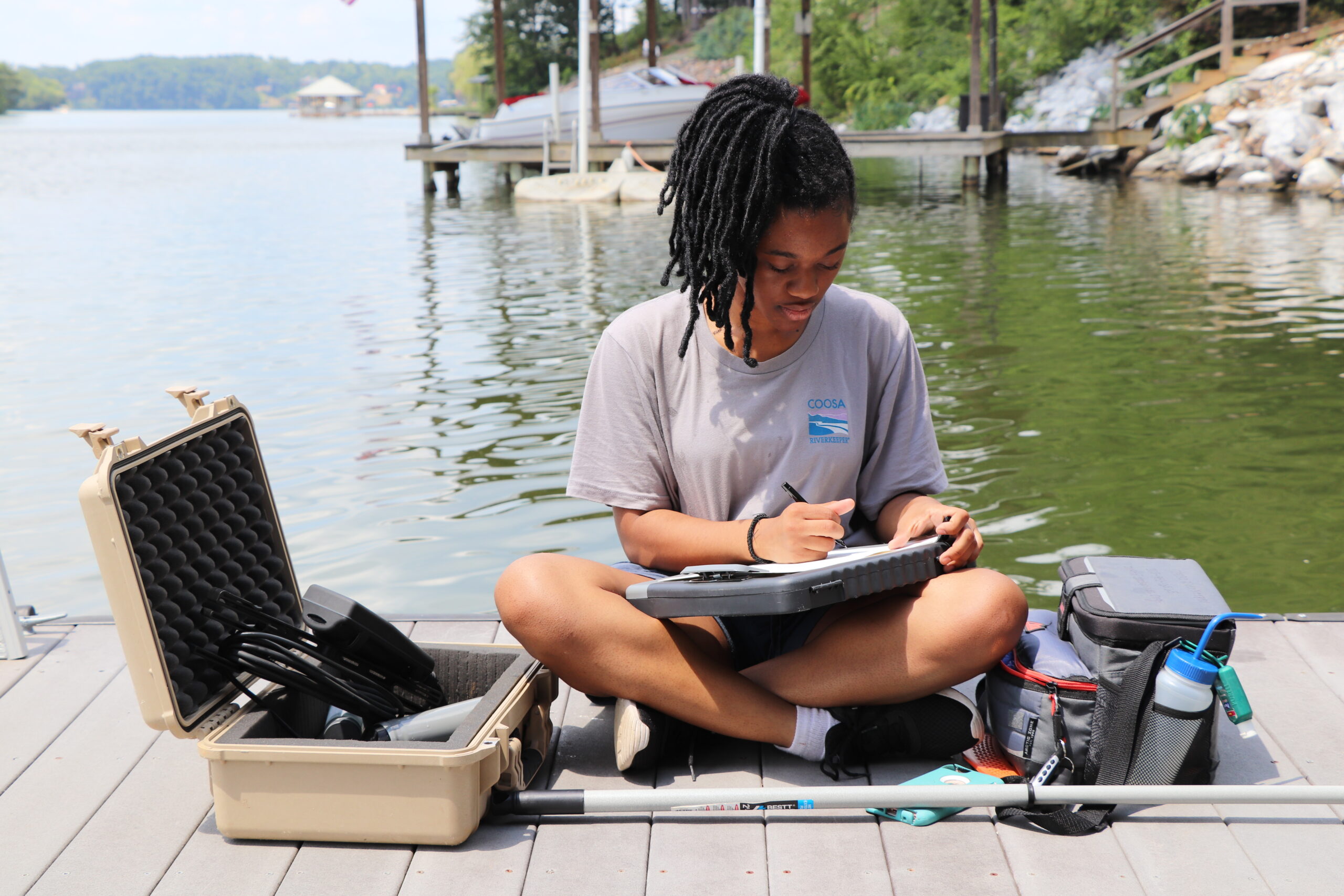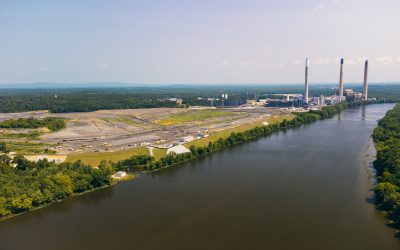As many of you already know, our Swim Guide sampling season happens during the time of year that is generally considered to be the best time to be swimming in Alabama (between Memorial Day and Labor Day)! But summer time is always on our mind, and not just because we wish we could be swimming all year long… we’re thinking about Swim Guide. So what exactly are we doing for the Swim Guide program outside of those summer months?
The first thing that happens after the sampling season is over is for us to feel sad that summer is coming to a close. After coming to terms that summer is, in fact, ending, we take a deep breath and contemplate that change is inevitable, and comfort ourselves that summer will eventually be here again. After a brief introspection we dig in and start our “off-season work.”
Data Review and Utilization
In the days following the last day of sampling for our Swim Guide Program we immediately reflect on the season and take a look at the data for several reasons.
- We want to see if there are sites that consistently have poor or excellent water quality conditions. This helps us better answer the program directive, “is it safe to swim?”
- The data informs the Riverkeeper Patrol Program. Our Riverkeeper will conduct an investigation if there are sites that persistently have poor water quality conditions. The Swim Guide data also strongly influences where the Riverkeeper decides where we will conduct our yearly Bacteriological Intensive study, like the one we conducted last year on Choccolocco Creek.
- Our Riverkeeper also submits our Swim Guide data to the (ADEM) Alabama Department of Environmental Management every two years when they solicit information for the 303(d) list. It appears that our data influenced some additions on the most recent list!

Program Updates and Improvements
Every year there are updates to the Swim Guide program that we have to make.
- We update key documents to the Swim Guide Program every year. These documents include our Quality Assurance Project Plant (QAPP) and our Lab and Field Standard Operating Procedures (SOPs). These documents ensure that our program is in line with State and Federal procedures and that our program is scientifically legitimate. We go above and beyond in many ways because we want our Swim Guide program to be the best!
- We also try to expand the total amount of sites we sample at every year (we are planning on sampling at 30 sites in 2020). This requires scouting places to make sure that they are feasible to sample from and determine if the site can be accomplished in tandem with other sites in the same route all within our strict timeframe per our SOPs.

Operations
Our Swim Guide Program wouldn’t be possible without funding and people. This program isn’t easy to pull off and it isn’t cheap either!
- Our Executive Director is a wizard at writing grants and implementing fundraising plans, but it takes a lot of time and effort to do so. Speaking of which… please consider donating today.
- The level of effort it takes to implement Swim Guide goes beyond the capabilities of our full time staff… this is where our interns come in to save the day! We take our time selecting candidates for our internships because we want to make sure that we have the best people to fit the program and our team. The upcoming Swim Guide Season will have a total of 6 interns and we are so excited to meet them. Stay tuned because we hope to be introducing them to y’all soon!






